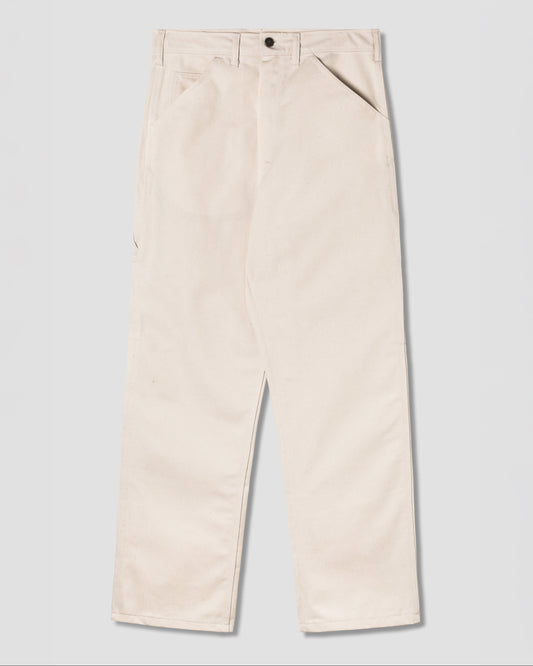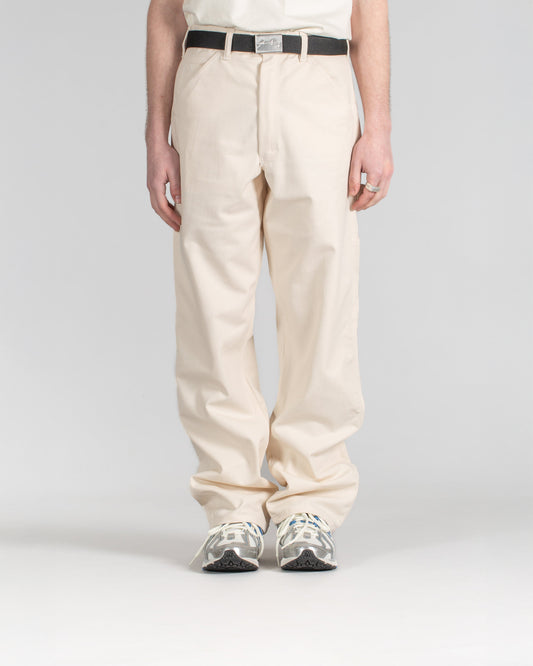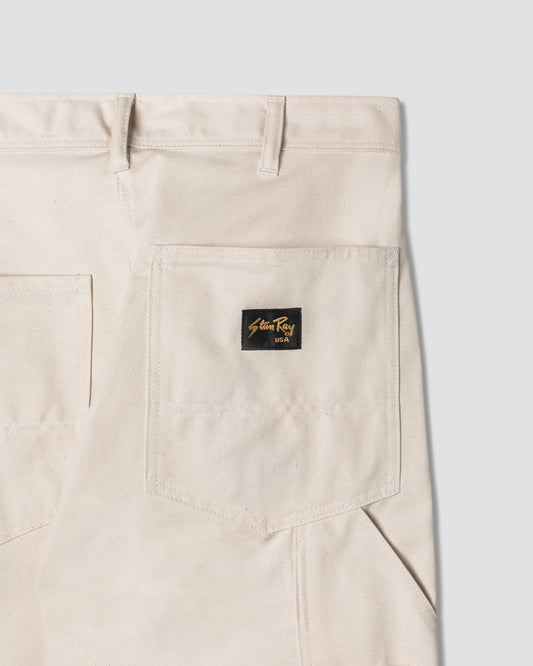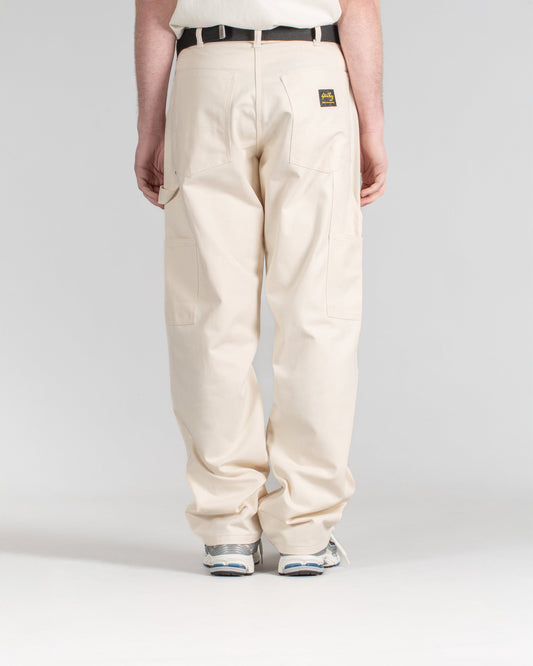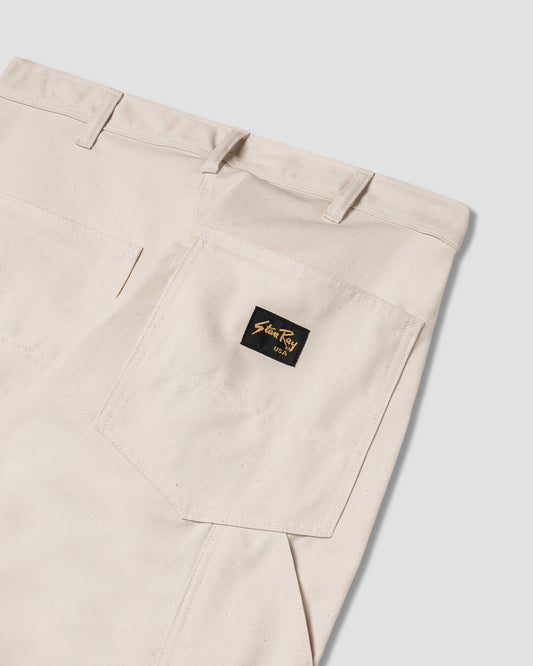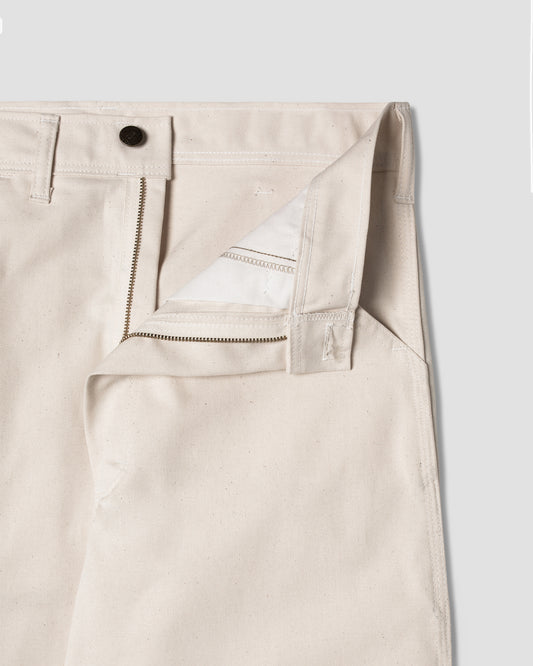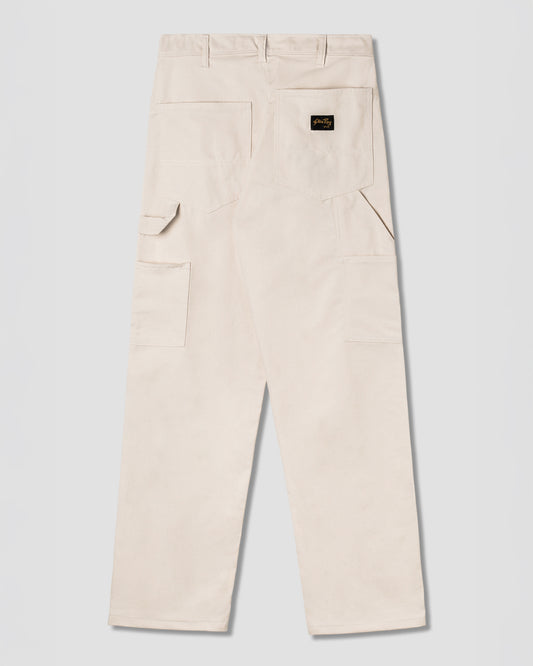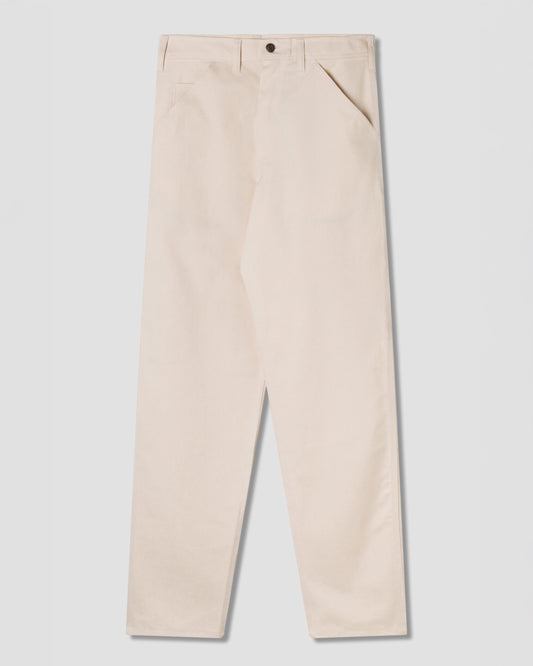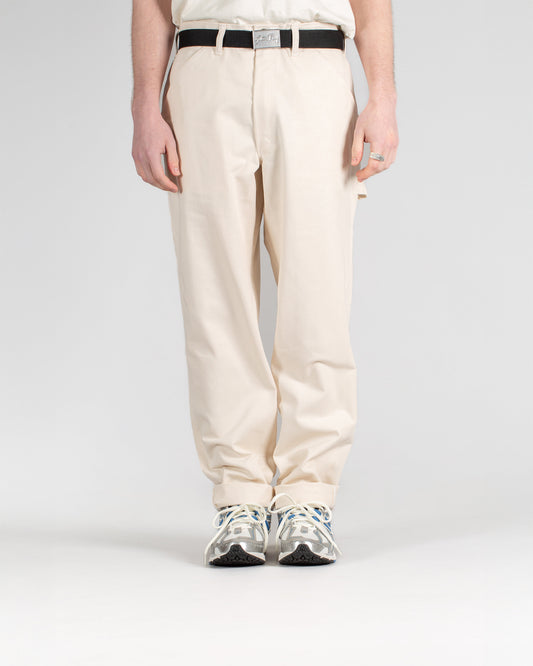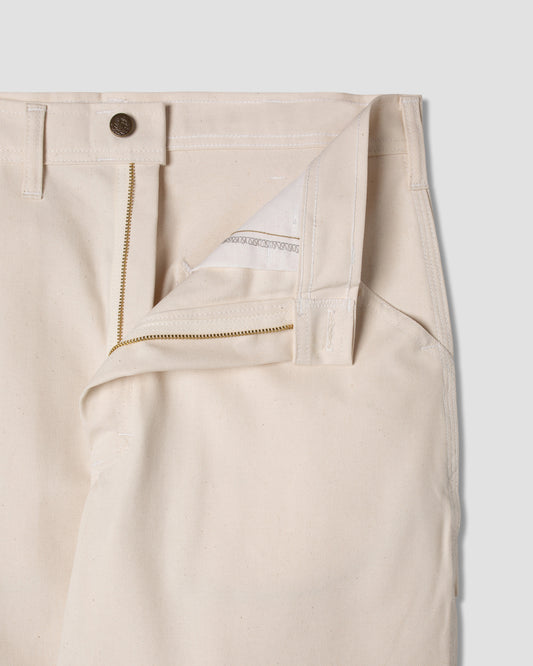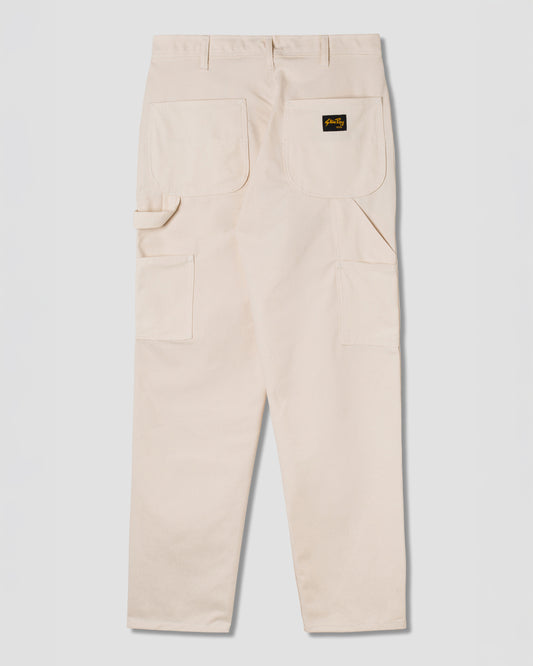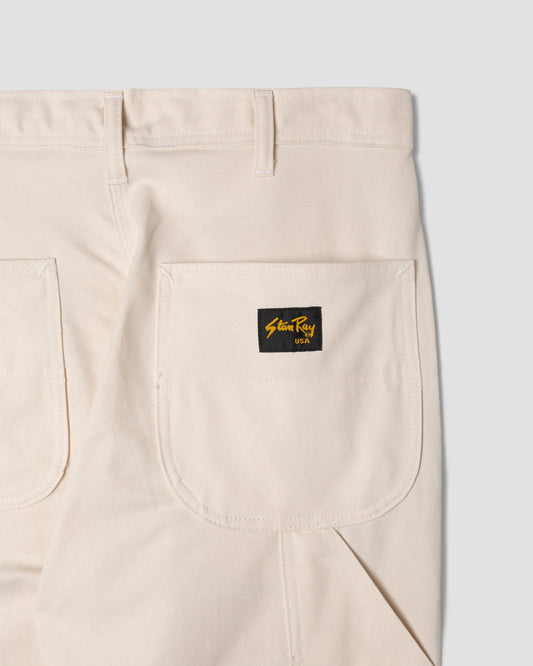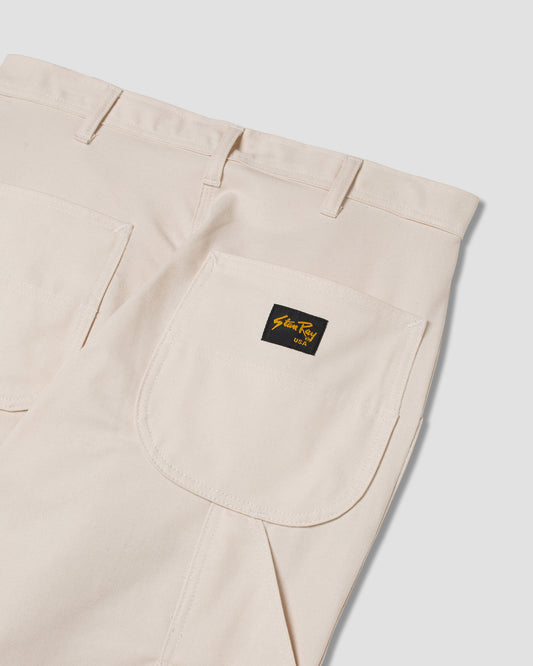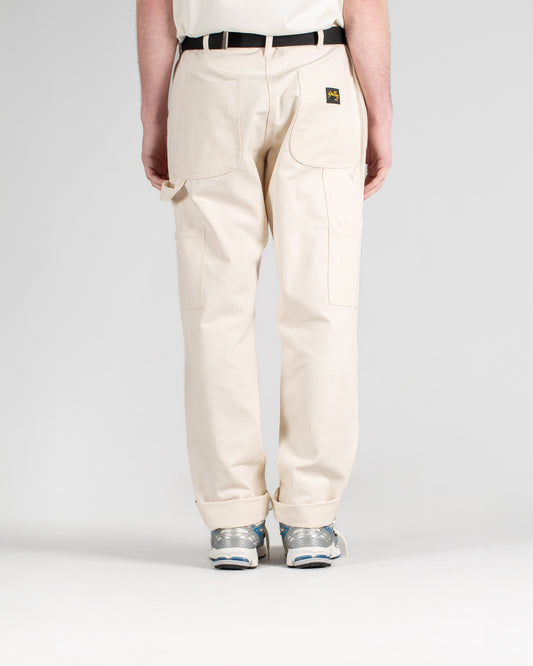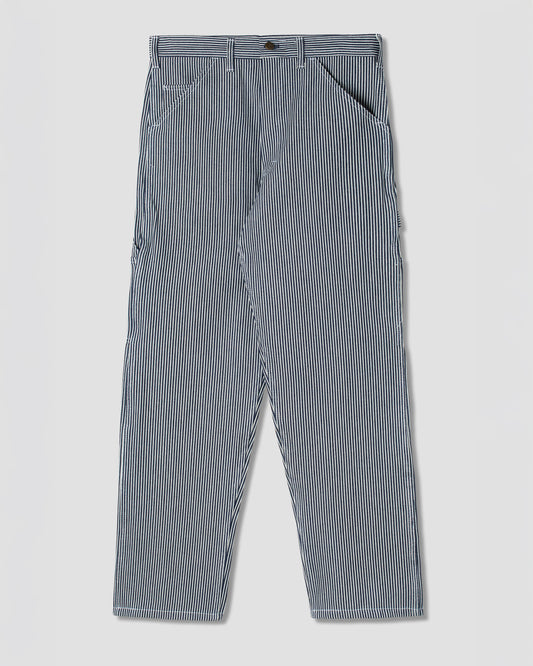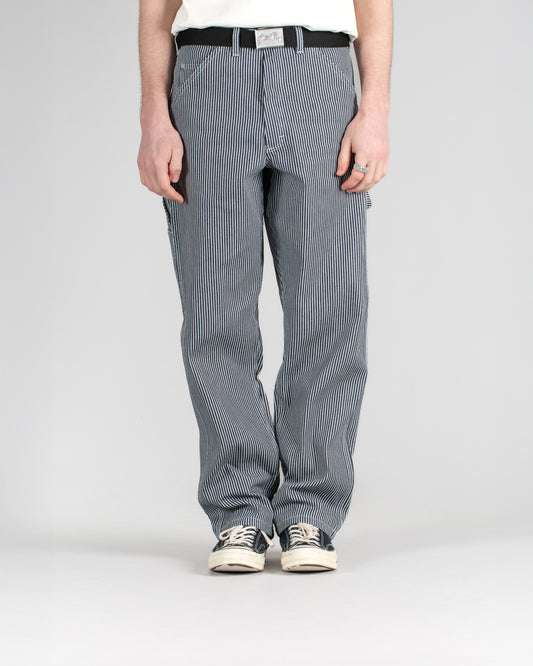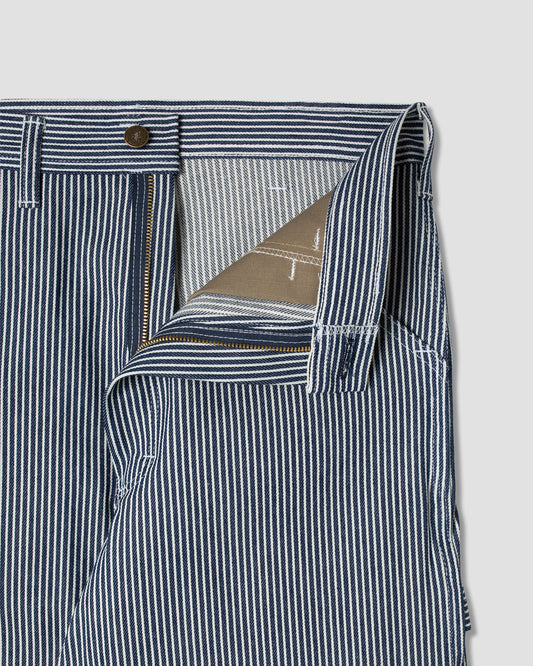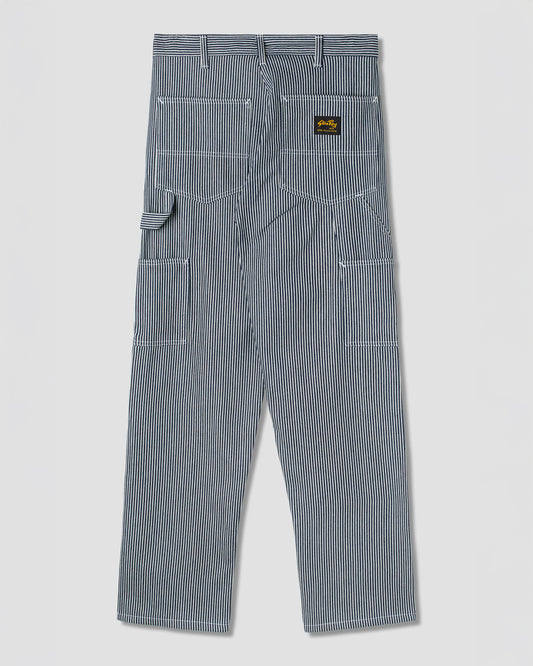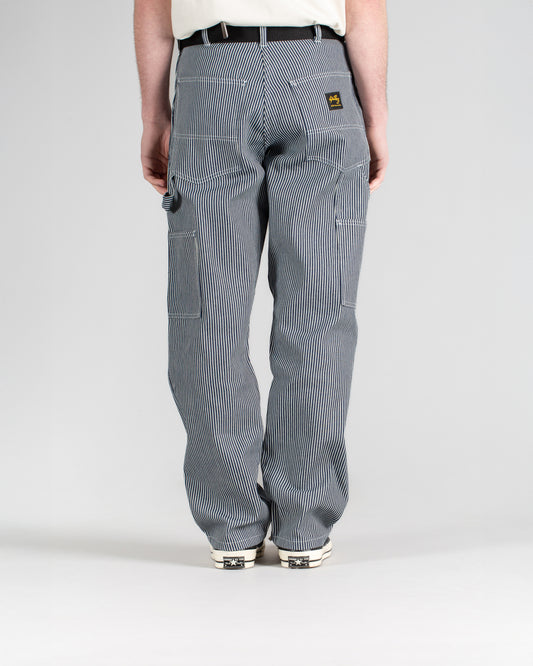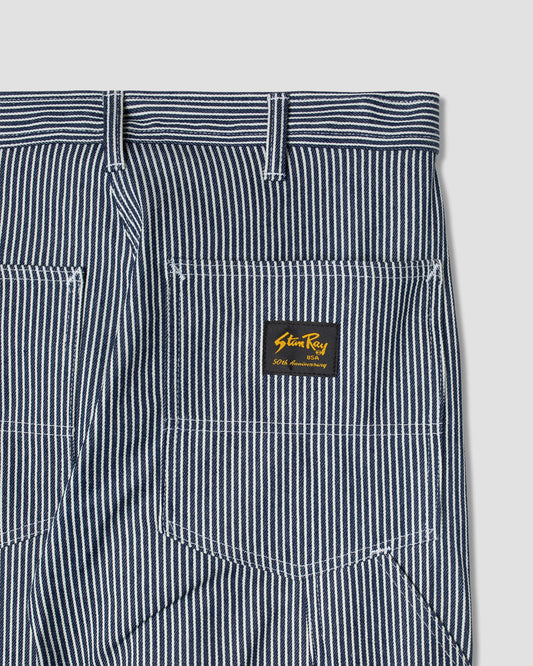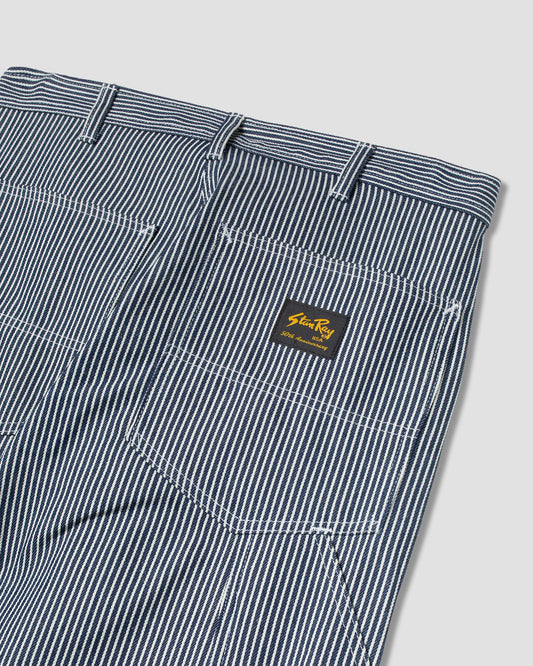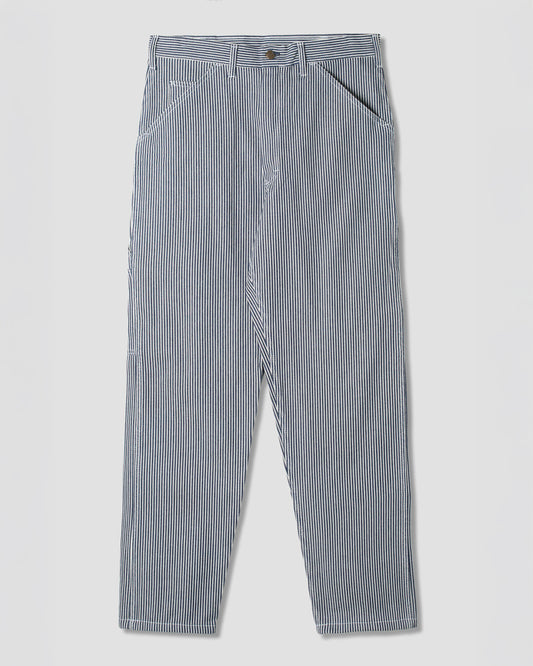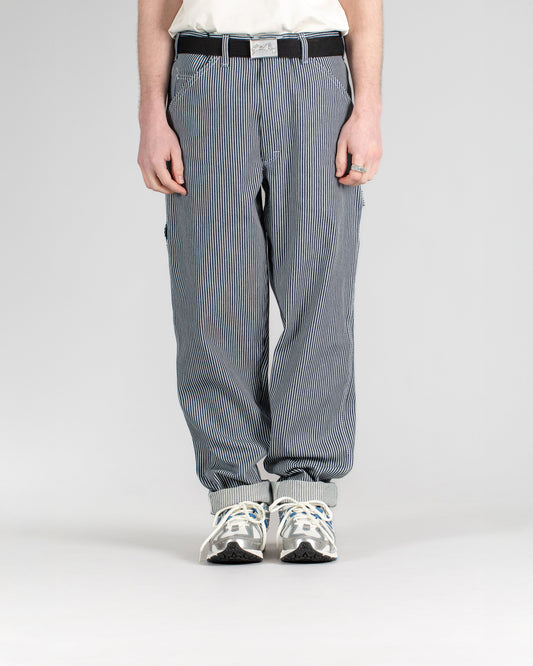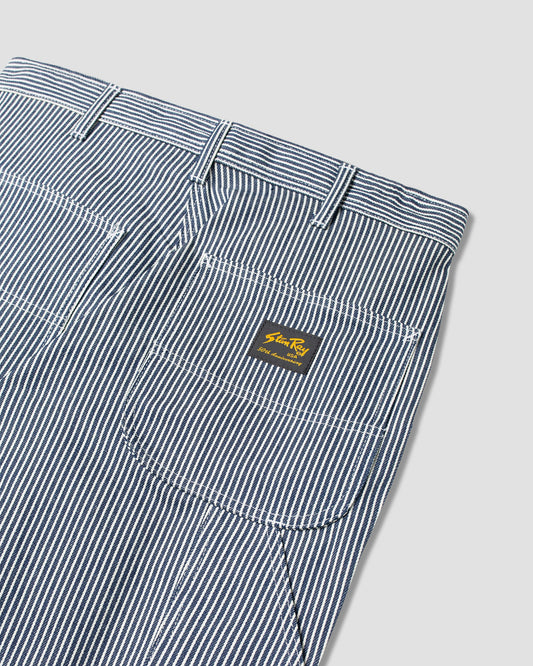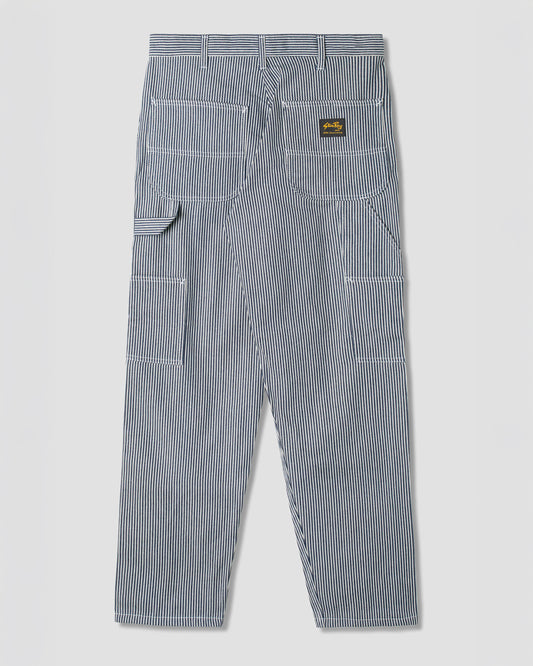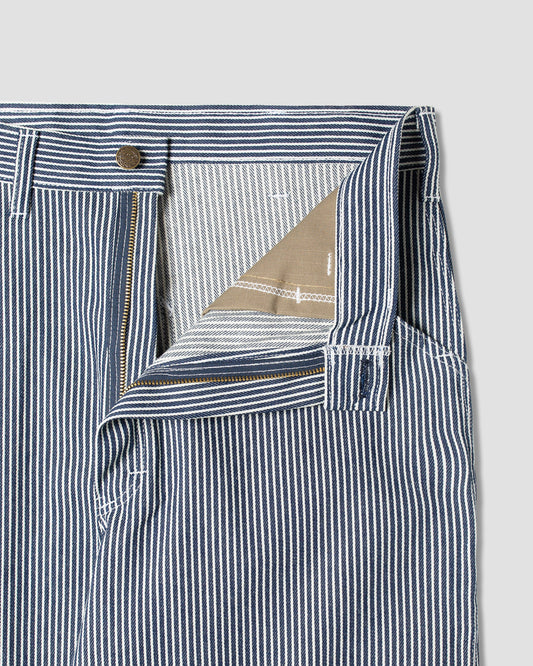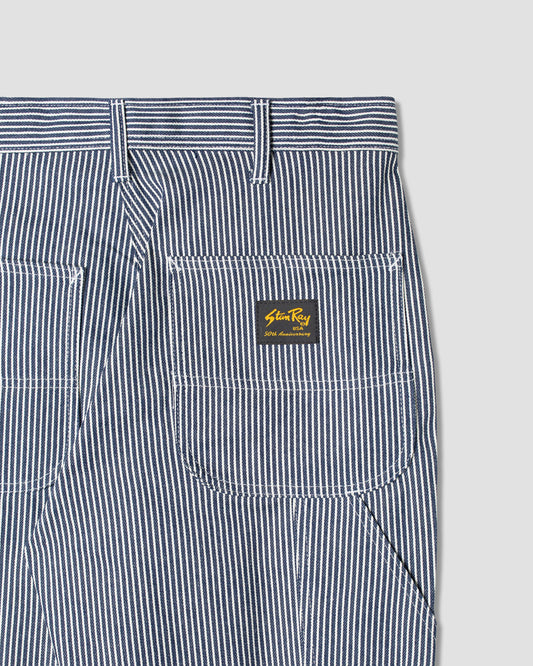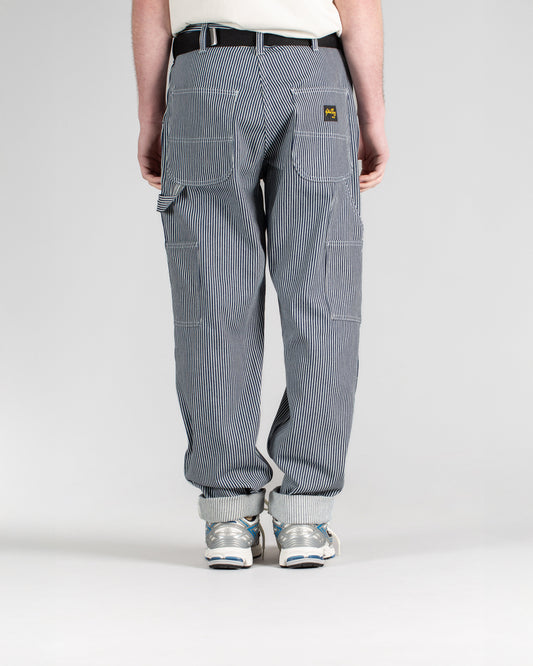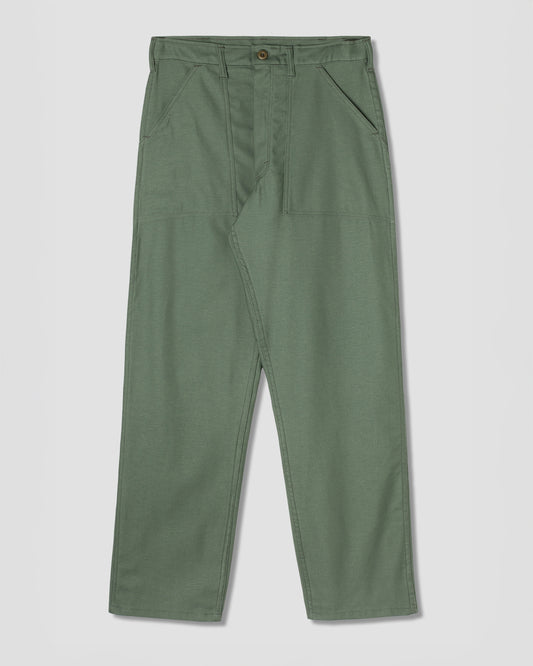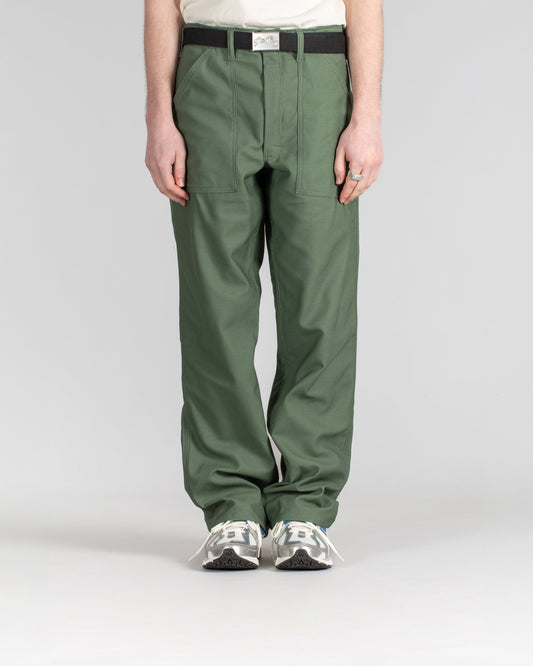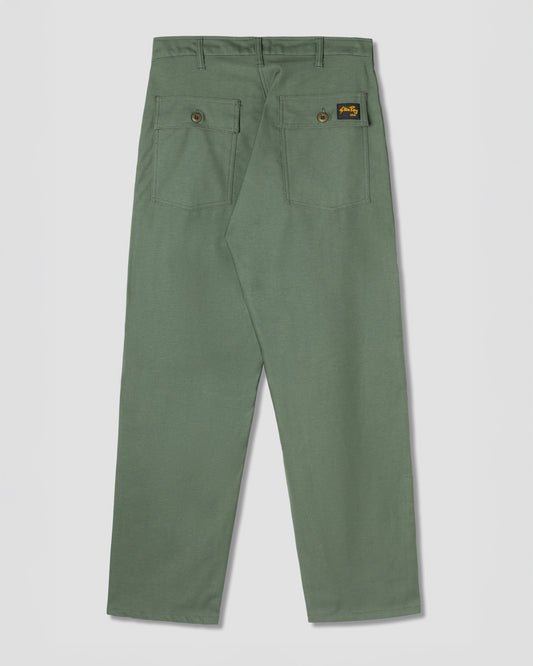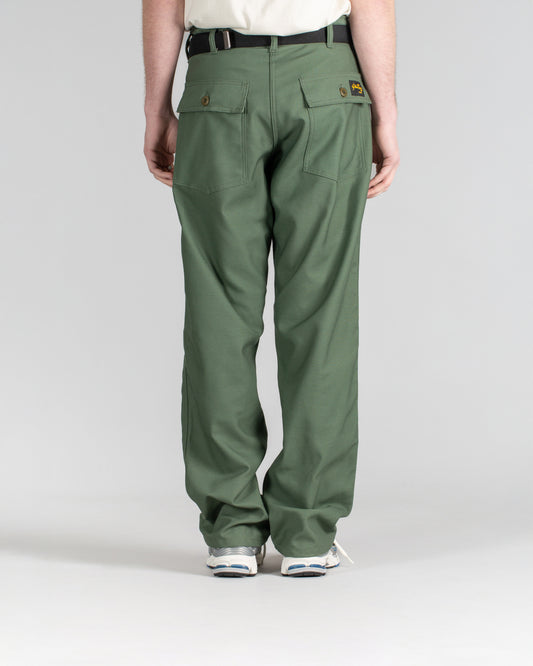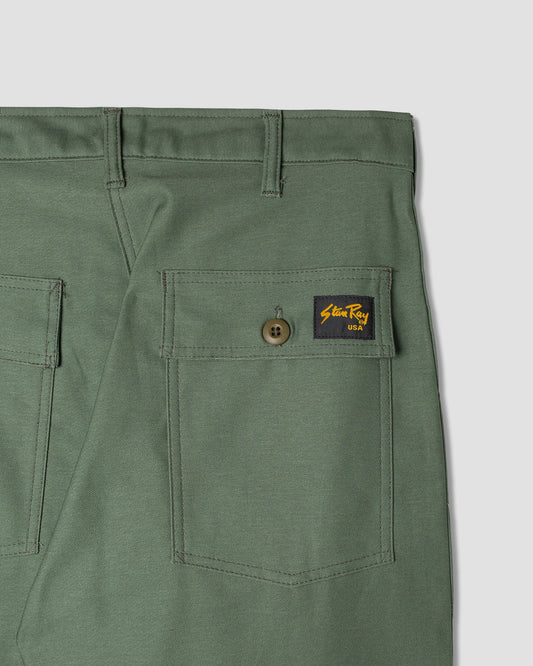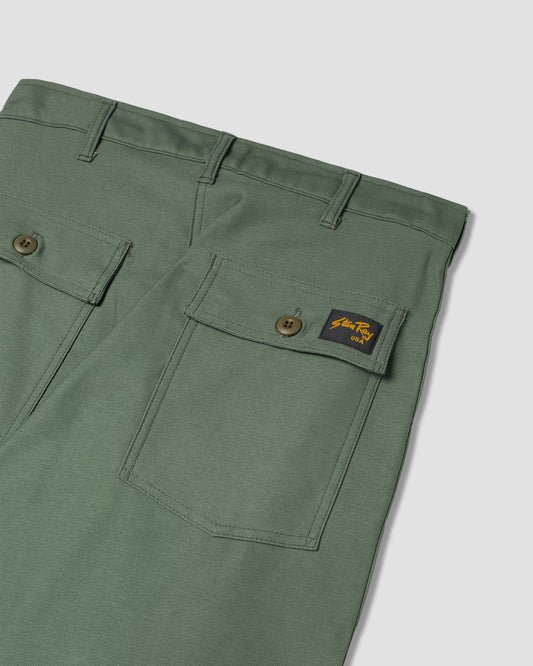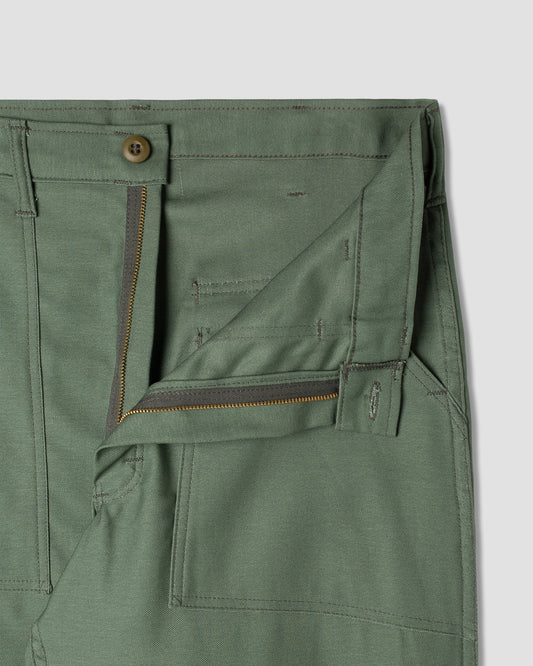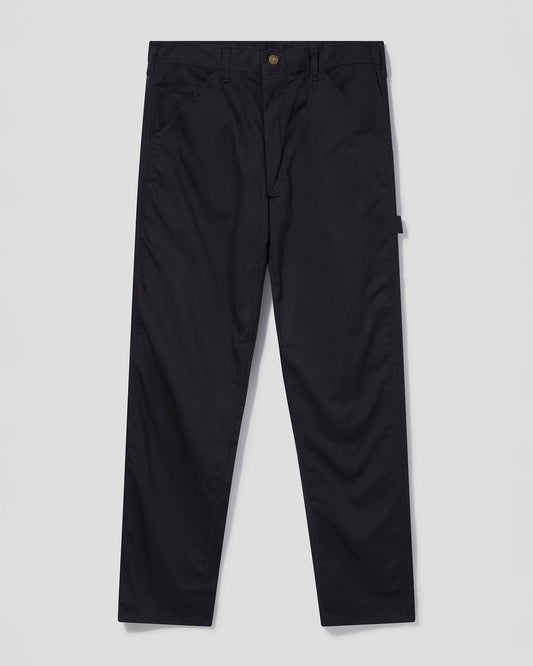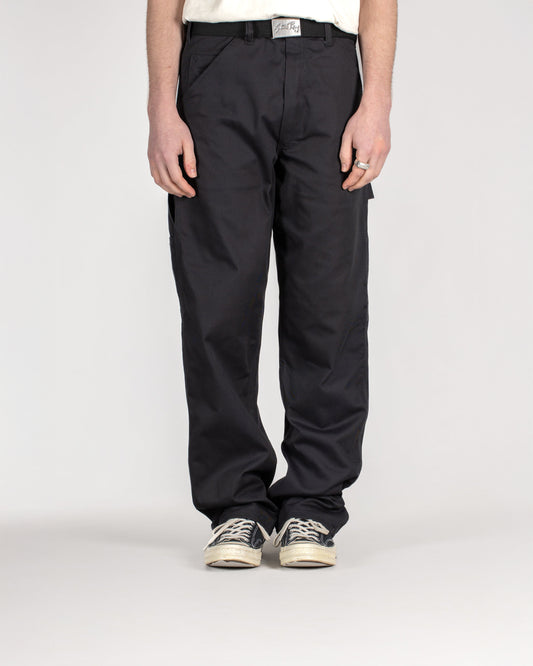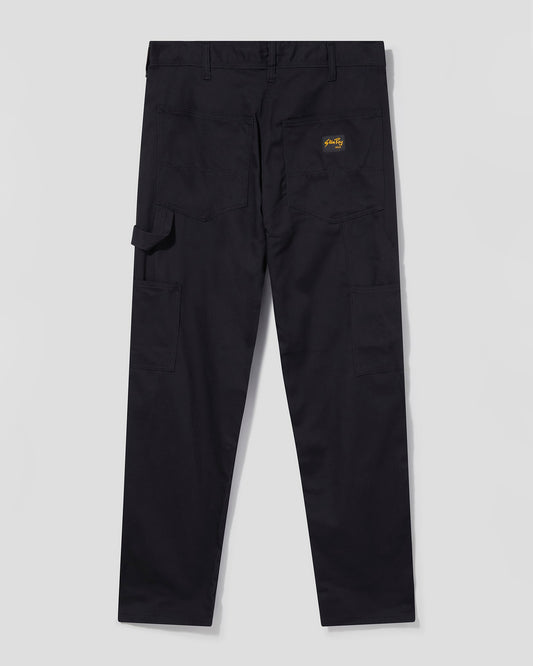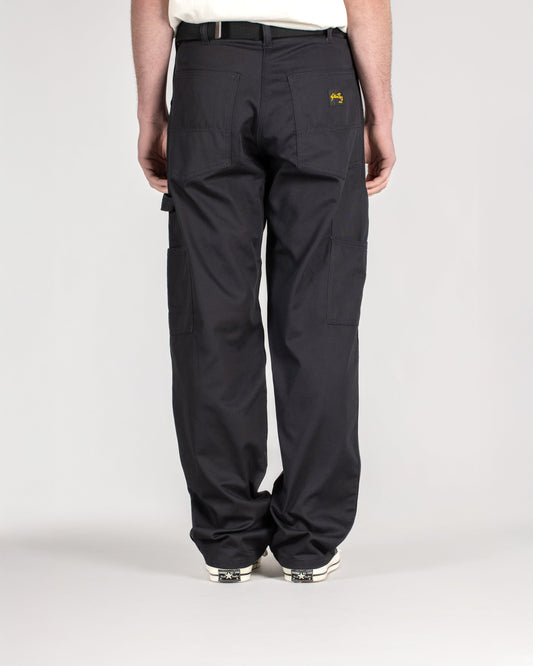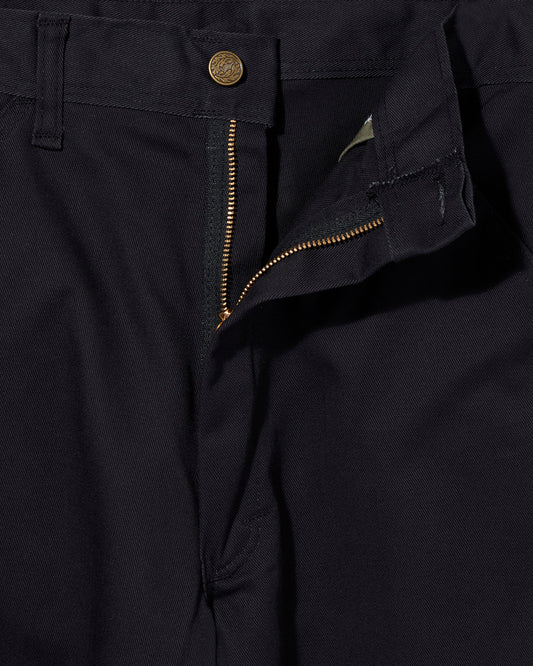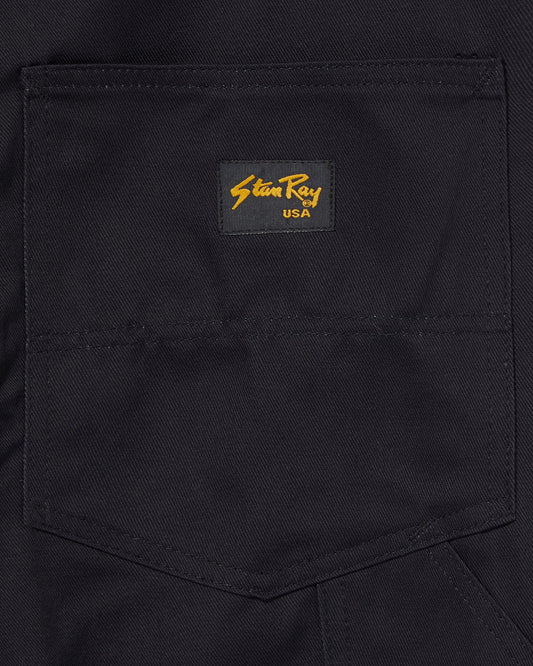Stan Ray meets Billy Dingley
An Interview with surfboard shaper Billy Dingley
When it comes to hobbies or pastimes or whatever you want to call those trivial activities that sort of make life worth living, not many are quite as pure or as stripped-back as surfing.
Billy Dingley makes it even purer—choosing to surf the waves on boards he’s shaped by hand in his Cornwall workshop. Using the same tried-and-tested methods that board shapers would have used as far back as the 60s, he transforms formless chunks of polyurethane foam into majestic works of functional art—building quite the name for himself in the process.
We called in at his workshop to find out more…

How did you get into shaping boards in the first place? A lot of people might surf, but not many decide to go the next step and make their own boards.
Back in the day a lot of the surfers would have to make their own boards—and they were only as good as the boards they could make. Because the people I looked up to had done it, I thought there was no reason why I couldn’t do it. So I just went for it. I think as a surfer, there’s nothing more complete than building your own boards—it ties it all in.
What was your first board? Do you remember the first one you made?
My first one was a little fish, and it actually went surprisingly well. I was really shocked how well it turned out considering it was the first one I made. It snowballed from there—friends started wanting them and then it turned into a proper thing.
What’s the process of making a board? They’re made of foam aren’t they?
The inside is a polyurethane foam—like a lightweight expanded foam that’s really soft. So I get a blank and then I shape it to the desired shape the customer wants using my planer and some sanding blocks. And then you put the fibreglass resin on top to give it its strength. You don’t want them too heavy—so you’ve got that light core and then the fibreglass for strength. It’s one of those things that’s quite hard to understand until you see it for yourself—it’s a really interesting process.

How do you go about learning something like that? Were you just sat watching YouTube videos?
Pretty much—I’m self taught, so everything I’ve learned was from the internet until recently when I’ve been getting a bit of help from friends I have met in the trade. It’s quite a hard industry to get into because people don’t tend to share knowledge.
What’s the creative element of shaping a board—how do they differ from shaper to shaper?
Everyone buys into your finesse—that’s what separates you from the rest. One of my main selling points besides the shapes is the colour work I do—the way I put the colour on. It’s nothing new, but it’s a style I like. And then because mine are all custom—everything for the board is bespoke to the customer.

I know with a lot of hands on craft things there’s almost that flow state where you don’t really need to think. Do you get that with shaping boards?
Definitely. Without sounding cliche, it is almost like meditation as you’re completely focussed on doing it, and nothing else. And that’s cool, because I can be having the worst day ever, and then I’ll go into work and I’ll just think about shaping boards and nothing else. I suppose it’s similar to surfing in a way—the way you’re just focussed on what you’re doing. I think that’s why I really like it—there aren’t too many things where you can really do that.
It’s easy to be distracted in life, but I can’t imagine you can be checking your phone when you’re trying to shape a board… or ride a wave.
No—I put my phone on ‘Do Not Disturb’, put my music on and indulge into it. It’s one of those weird jobs where you have to be in the groove to do it. It’s quite a creative thing—it’s not the kind of job you can just turn up and do—you really need to be in the groove to do it. I’m not sure why, but if I’m happy and having a good day, then I know I’ll produce something much better. I suppose it’s about your state of mind, and being able to focus on what you’re doing.

I get what you mean—when you’re happy and content, there’s a lightness in what you do—you’re not struggling and forcing things like you are when you’re angry. Most things work better when you let them be.
Yeah—it’s the kind of process where it’s actually better to do it slower. The faster you try and do it, the more you mess up, so you end up chasing your tail trying to fix things. Slower is faster. I don’t rush—it’s done when it’s done. I always want to put out the highest quality possible—and I think that’s what’s built my brand up. I try not to put out rubbish because I know it’ll come back to me.
What’s your setup? You built your workshop didn’t you?
It’s essentially just a shed on my parent’s drive. It’s pretty classic, as we’re right by the sea so I can get to the beach in one minute. But yeah, it’s essentially just a glorified shed. People are always really surprised when they come to see me, thinking I was in a proper industrial unit or something.

That sounds ideal. So you can go straight from finishing a board to getting into the sea?
Yeah—and that’s great because it’s a really healthy balance. I can work, and then go surfing when I want. Because we’re always chasing the tide and there’s no specific times to surf, as a surfer I really don’t see there being a better job. And working for myself I can pick my hours and choose my schedule.
And what about clothes? Are the certain things you find yourself wearing for shaping boards?
In summer time I’ll just be barefoot, in shorts and a t-shirt, but when I’m glassing and sanding I’ll wear stuff that’s more hardwearing. There’s a lot of stuff flinging around, and you’re holding power tools—so it’s got to be tough stuff to withstand all the chemicals and resin flying all over the place.

I imagine there’s quite a buzz when you finally get out there in the waves on a board you’ve made.
Definitely. You get a lot of sentiment out of a surfboard—because of all the places you go with it and the good waves you’ve surfed, you do end up having a bond. And riding one of your own boards is so much more thrilling than one you haven’t created. You’ve put all that time into making it, and then actually getting to enjoy riding it is super satisfying. But it’s not always like that… I’ve made boards and been really disappointed—but that’s just the trial and error of it. I’m very proud walking down the beach carrying one of my boards—that feeling that you’ve made this thing, and then you’re using it.

I suppose surfing is very pure. Things like cycling or photography are really led by tech, but a surfboard is a masterpiece of simplicity.
It’s a very weird thing, surfing—I always trip out about how weird it is, and how I spend all my time thinking about it. From the outside, it’s a very peculiar thing to do, but it really is amazing—my entire life is built around surfing now. Everything I do is for surfing. Before I worked nine-to-five and would then go surfing, but now my nine-to-five is surfing. There’s no escape from it.
Has the way people make boards changed since the 60s?
It hasn’t changed massively. The construction hasn’t changed much from what it was, but there are always people trying to reinvent the wheel. There’s a lot of gimmicky stuff out there, but I build mine using the traditional methods—the tried and tested ways they made them back in the day. Those methods haven’t failed, so I don’t see a reason to change them.
Talking to you about this, you seem like quite an old soul.
I’m an old man in a young man’s body. I guess you could say I’m a traditionalist. A lot of the boards I make are based on old designs from the 70s. They worked then, and they still work now. I don’t really try and reinvent it—I prefer to go with what is proven to work and add my flair to it.
And it’s not like they’re just some retro wall pieces either. They’re still built for performance.
That’s the thing about surf boards—they are functional art—and the most important thing is how they perform. The colour is just an addition.

What is it about that era in particular that resonates with you?
You see old surfing videos from back then, and it just looks like such a good life—they’re hanging out on the beach, surfing with friends… but more than that, the main thing that attracts me to that eras of boards is that I really enjoy the way the surfboards ride. I’m way more interested in working on boards if I enjoy surfing on them—I put a lot more effort into them.
It definitely feels like surfing is a full-on lifestyle for you—it’s not just something you do for a few hours here and there every summer.
Yeah—being a surfer does become a complete lifestyle. Everything I do is based around surfing—from my work to the clothes I wear. My life is very simple—there’s nothing really that complicated going on. I like surfing, and I like making surfboards, and it all ties in together.
I think surfing typically was an outcast activity—you were a bit of a rebel if you were a surf bum—it was frowned upon to be on the beach all day, not getting a proper job. But I think now people can do it as a career, people take it a bit more seriously. I don’t think people would take my surfing seriously if I didn’t do this full time as a way to actually make a living. People would just think I was dossing around.

You mean the work sort of validates it?
When I started doing this, I don’t think my parents saw me making a job out of it—they just thought I was messing around. But now my dad has realised that people are really interested in what I’m doing, he’s really happy. I wouldn’t have been able to do this without him—he’s an artist, so as soon as I was doing something creative, he was really excited. I think creativity was ingrained in me from a young age—my dad has built a living doing what he loves doing, and that’s the goal isn’t it? To be able to do what you love, every day.
Definitely. Maybe a tough question to answer, but what is it about surfing that has you so hooked?
When you’re on a wave, you’re in the moment because there's never going to be another wave the same—it’s the most present activity you could possibly do—you’re only thinking about that one thing. Everytime you go out, you’re battling different conditions and facing new challenges. I guess the feeling of always wanting more is what makes it so addictive.

—
Words by Sam Waller.
Special thanks to Billy Dingley, see more of his work on his website and his Instagram.
Video by Wax Weston.
Music prod. iv dimension
Directing by Gavin Campbell.
Concept by Jack Hayward.
